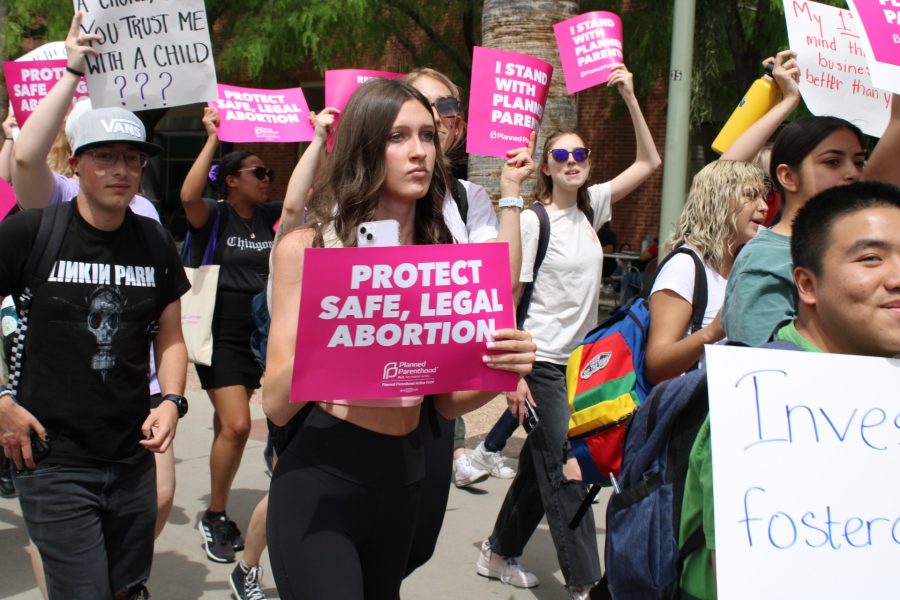According to national rankings, Arizona places fifth in the country for gender parity.
Last Monday, Representation 2020 assigned all 50 U.S. states a Gender Parity Score, which was evaluated on the balance of male and female elected officials.
The score intends to measure the electoral success of female candidates running for positions in all levels of government on a scale of zero to 100. A score of 50 would indicate that both men and women are represented equally in government positions.
Arizona was given a gender parity score of 30.8 for 2015. In comparison, the national average is 18.1, which is a 2.3-point increase from the previous average calculated in 2013. New Hampshire is first in the nation with a score of 57, while Mississippi scored a 7 on the gender parity scale, ranking No. 50 on the list. Mississippi remains the only state in the country never to have elected a female governor or to have sent a woman to the U.S. Congress.
“In contrast to some of the other rankings, we tried to provide a snapshot that took into account all of the possible offices,” said Cynthia Terrell, founder and chair for Representation 2020. “We looked at statewide elected offices, Congressional offices, in addition to offices in the state legislature and local legislatures.”
Excluding current Arizona Gov. Doug Ducey, the state previously held three consecutive female governors in office: Jan Brewer, Janet Napolitano and Jane Dee Hull.
Now, the Arizona Congressional delegation is comprised of 11 total members, three of which are women: Martha McSally, Ann Kirkpatrick and Kyrsten Sinema.
In addition to having significant gender parity within most elected positions in the state of Arizona, there has also been a strong pattern of gender parity within the employees working at the UA.
According to numbers gathered from fall 2014, the UA had approximately 5,200 full-time female employees, compared to approximately 4,900 full-time male employees. In total, the UA had approximately 8,100 female employees and 7,500 male employees, comprising a workforce of approximately 15,615 employees in 2014.
“[We lead efforts to] foster equity and opportunity, strengthen relationships across diverse groups and support a campus culture of equality for all members of the university community, including through specific policy enforcement and training processes,” said Adele Jenkins, the administrative contact for the UA Office of Institutional Equity.
In the fall of 2014, the UA had more female than male employees working as clinical faculty staff, academic service professionals and classified staff members.
During the years of 2009 and 2013, employment numbers show that females consistently comprised a majority of the UA workforce, outnumbering males by roughly 500.
Arizona is doing well in terms of raising its gender parity score through its elections and focus on equality, according to Terrell.
“In terms of Arizona, they have elected three female governors, which has helped raise its score since 1993,” Terrell said. “In fact, four of Arizona’s governors have been women, which is pretty significant because we have only had a handful of women in the country who have become governors.”
Follow Sebastian Laguna on Twitter.








